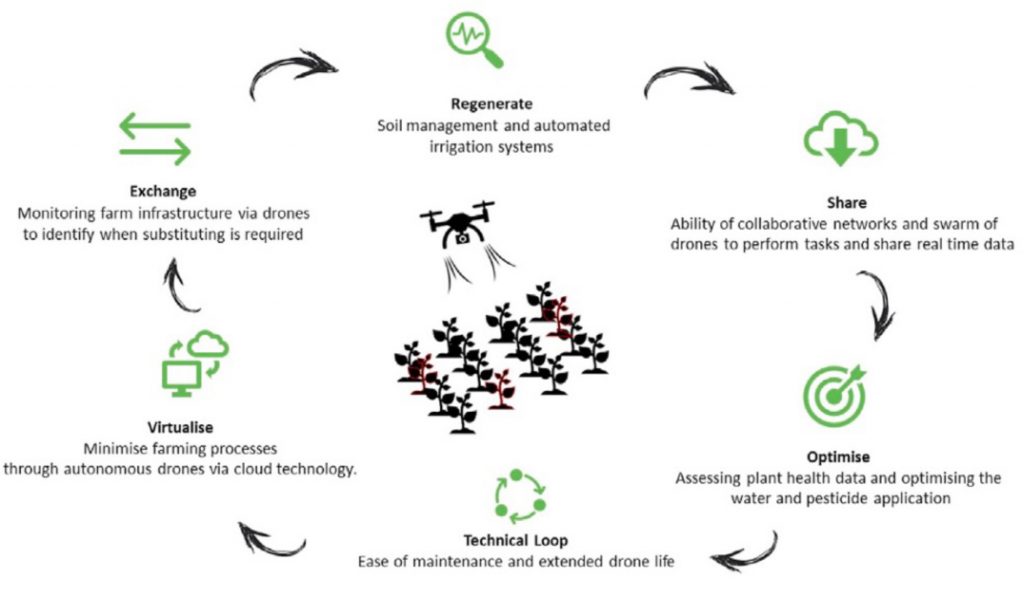A business model that allows a product to be given away free of charge while harnessing hemp’s potential to enable polluting industries to offset their emissions. Peter Miles, CEO of eHempHouse, presents a case study of its work in Zambia
To fight climate change, Zambian farmers will soon be growing a crop that most of the world has long demonised. The crop removes 66 tonnes of CO2 per hectare per annum. That’s far more than trees or any other crop. Only mango swamps absorb more, so it has huge potential for the environment. Yet to grow the crop, they have to get a license from the government due to a misunderstanding that almost everyone has. The crop is hemp, which is not the same as cannabis or marijuana. Scientifically they belong to the same family; the legal difference is that hemp contains just 0.03% or less of THC (tetrahydrocannabinol).
One of the many advantages of hemp is that it grows very quickly. It also has multiple uses, from clothing to food and fuel. It consequently gives Zambian famers a sustainable, profitable business. At eHempHouse, we’re helping these famers help themselves by offering them the SB™ system (a hemp-processing Smartbox) free so that they can successfully process organic hemp. The units are self-sustaining in off-grid communities as they use hemp oil for power. The power generated can then be used for other things to the benefit of the local community.
An unusual business plan to help curb pollution levels
The business plan we’re using – which allows us to give the system away for free – is a slightly unusual one, but one that I hope will become increasingly common. In partnership with the farmers, we’re selling the carbon-offsetting that hemp provides, on the carbon markets. This off-setting allows polluting industries to mitigate some of that pollution. It means that next time you fly, you might be helping to finance the growing of hemp in Zambia.
There are voluntary carbon markets and some that deliver regulatory compliance. Most industries are now having to consider getting involved, whether or not they’re compelled to, as consumer pressure is increasing every year. It is, therefore, an important issue for all businesses to understand.
There is a danger that some polluting industries will believe that off-setting their emissions absolves them of all environmental responsibility. But of course, things are not that simple. Pollution levels are currently nearly 420 parts CO2 per million in the atmosphere. Pre-industrialisation, it was 280 parts CO2 per million. And pollution levels will continue to rise for some time as emissions from countries, such as China, are still increasing.
To fight the climate crisis, industries have to take a threefold approach:
- Remove CO2
- Replace polluting products
- Develop mitigations for being able to live with the changed climate
Our business model addresses all three action points: hemp removes carbon at higher levels than almost anything else, the products are far more environmentally friendly than the more commonly used competitor products and eHempHouse is making it possible for polluting industries to offset their emissions.
Promoting hemp’s potential and working to repair an undeserved reputation
The battle we have is to persuade the world of the huge potential of the crop. I’m very proud to say that we already have a lot of support from influential people, and we’ll be featured at COP26 (the UN climate change conference) at the end of October.
Why is it a battle? Why was such a fantastic crop demonised? The most obvious answer is because of its association with recreational drugs. However, you also have to look at who gains from that misunderstanding. We now know that the cotton industry is bad for the environment, yet how many hemp clothes do you have in your wardrobe compared to cotton ones? We know that much of the food industry is destroying the environment and that this is true even for vegan food products. Yet, how often have you eaten hemp products? Do you even know how you can eat hemp?
There are numerous industries who gained from the destruction of the reputation of such a fast growing and cheap crop. And in business reputation is everything. Contrary to the popular rhyme, words can harm people, industries and even the planet. We’re working hard to put right that wrong.
Peter Miles is the CEO of eHempHouse.










































